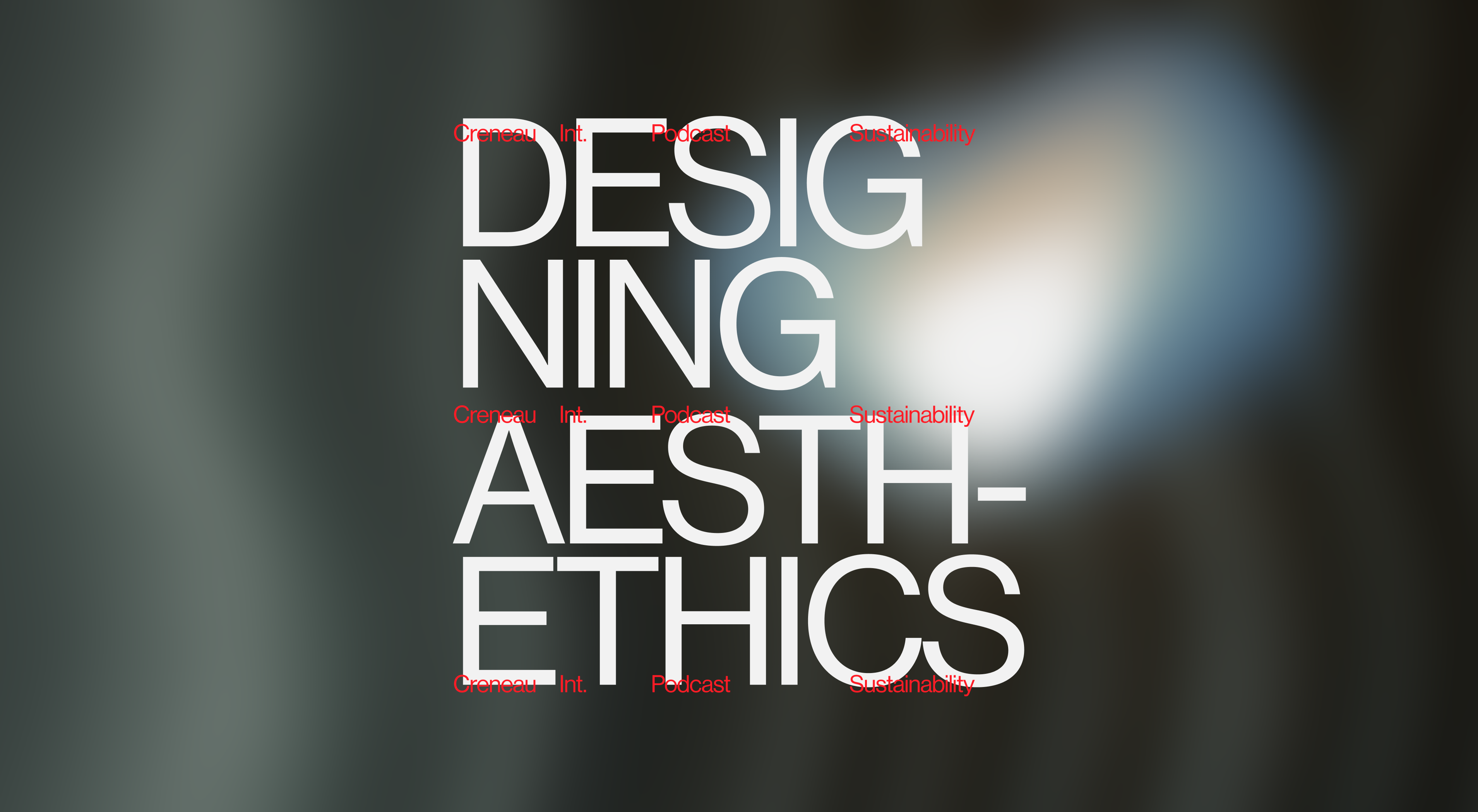
As designers, architects, and contractors, we have a significant responsibility in shaping a sustainable world. Sustainability can no longer be an option or special; it must become the standard. There is still a long way to go, and the industry needs to continuously reinvent itself. This requires a tremendous effort. Therefore, we ask our stakeholders, especially our customers and suppliers, to invest in this together.
As designers, architects, and contractors, we have a significant responsibility in shaping a sustainable world. Sustainability can no longer be an option or special; it must become the standard. There is still a long way to go, and the industry needs to continuously reinvent itself. This requires a tremendous effort. Therefore, we ask our stakeholders, especially our customers and suppliers, to invest in this together.
As designers, architects, and contractors, we have a significant responsibility in shaping a sustainable world. Sustainability can no longer be an option or special; it must become the standard. There is still a long way to go, and the industry needs to continuously reinvent itself. This requires a tremendous effort. Therefore, we ask our stakeholders, especially our customers and suppliers, to invest in this together.
As designers, architects, and contractors, we have a significant responsibility in shaping a sustainable world. Sustainability can no longer be an option or special; it must become the standard. There is still a long way to go, and the industry needs to continuously reinvent itself. This requires a tremendous effort. Therefore, we ask our stakeholders, especially our customers and suppliers, to invest in this together.
As designers, architects, and contractors, we have a significant responsibility in shaping a sustainable world. Sustainability can no longer be an option or special; it must become the standard. There is still a long way to go, and the industry needs to continuously reinvent itself. This requires a tremendous effort. Therefore, we ask our stakeholders, especially our customers and suppliers, to invest in this together.
Driven by an intrinsic motivation, our design team has been shifting its focus towards a more conscious design process; from aesthetics to aesth-ethics.
Driven by an intrinsic motivation, our design team has been shifting its focus towards a more conscious design process; from aesthetics to aesth-ethics.
Driven by an intrinsic motivation, our design team has been shifting its focus towards a more conscious design process; from aesthetics to aesth-ethics.
Driven by an intrinsic motivation, our design team has been shifting its focus towards a more conscious design process; from aesthetics to aesth-ethics.
Driven by an intrinsic motivation, our design team has been shifting its focus towards a more conscious design process; from aesthetics to aesth-ethics.
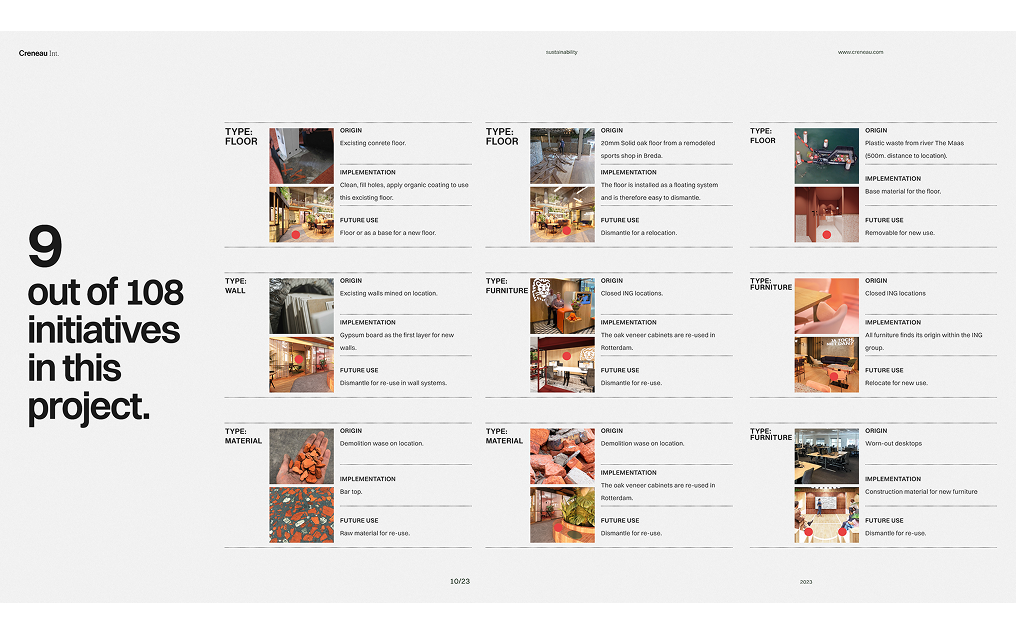













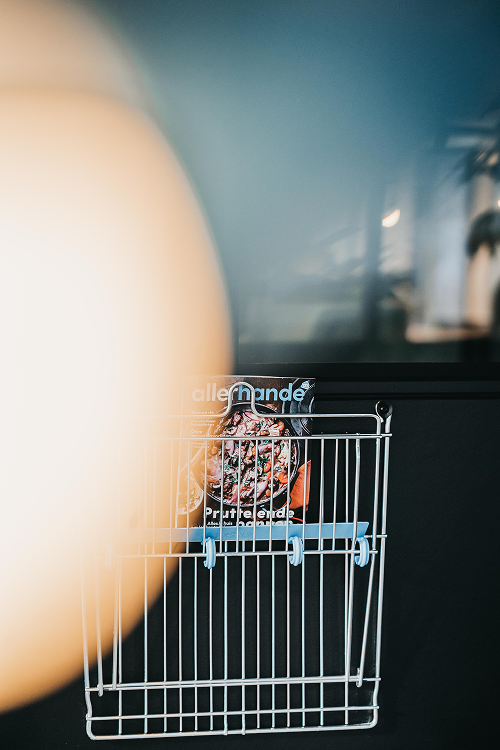

The selection of materials, furniture, construction principles and finishes are usually based on their esthetic characteristics. To design circularly, we consider more ethical features: during the design process, careful consideration is given to the origin and next life of materials, furniture, etc…
The selection of materials, furniture, construction principles and finishes are usually based on their esthetic characteristics. To design circularly, we consider more ethical features: during the design process, careful consideration is given to the origin and next life of materials, furniture, etc…



The selection of materials, furniture, construction principles and finishes are usually based on their esthetic characteristics. To design circularly, we consider more ethical features: during the design process, careful consideration is given to the origin and next life of materials, furniture, etc…
The selection of materials, furniture, construction principles and finishes are usually based on their esthetic characteristics. To design circularly, we consider more ethical features: during the design process, careful consideration is given to the origin and next life of materials, furniture, etc…


The selection of materials, furniture, construction principles and finishes are usually based on their esthetic characteristics. To design circularly, we consider more ethical features: during the design process, careful consideration is given to the origin and next life of materials, furniture, etc…







All change starts with you. These are some projects in which we were able to shape a sustainable world:
All change starts with you. These are some projects in which we were able to shape a sustainable world:
All change starts with you. These are some projects in which we were able to shape a sustainable world:
All change starts with you. These are some projects in which we were able to shape a sustainable world:
All change starts with you. These are some projects in which we were able to shape a sustainable world:
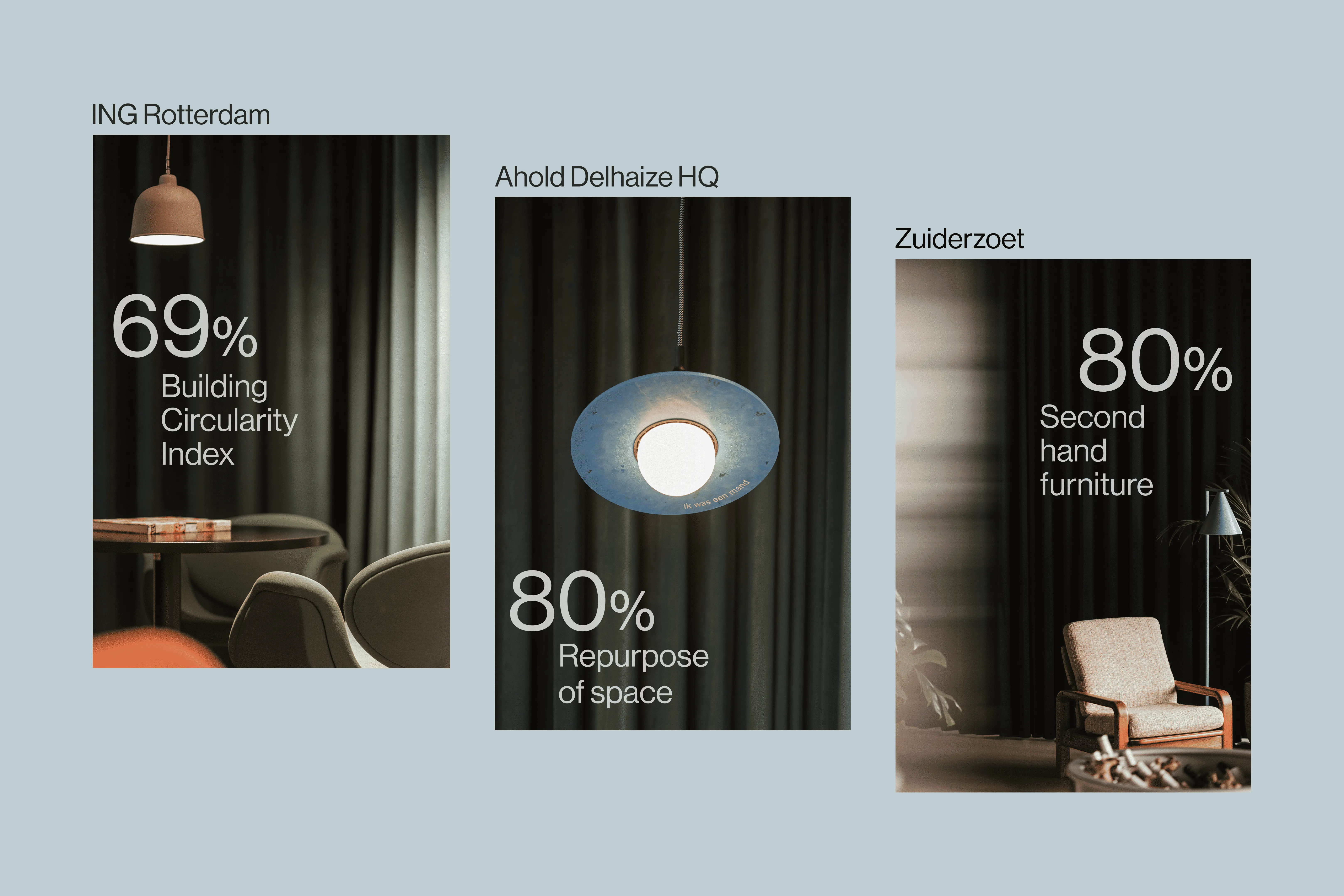













At ING Rotterdam, Ahold and Zuiderzoet, we changed the design process. We went from a linear design process to an organic design process. We call this ‘circular design’ in which we close the loop. Circular design is more than applying recycled materials. It is a system.
At ING Rotterdam, Ahold and Zuiderzoet, we changed the design process. We went from a linear design process to an organic design process. We call this ‘circular design’ in which we close the loop. Circular design is more than applying recycled materials. It is a system.
At ING Rotterdam, Ahold and Zuiderzoet, we changed the design process. We went from a linear design process to an organic design process. We call this ‘circular design’ in which we close the loop. Circular design is more than applying recycled materials. It is a system.
At ING Rotterdam, Ahold and Zuiderzoet, we changed the design process. We went from a linear design process to an organic design process. We call this ‘circular design’ in which we close the loop. Circular design is more than applying recycled materials. It is a system.
At ING Rotterdam, Ahold and Zuiderzoet, we changed the design process. We went from a linear design process to an organic design process. We call this ‘circular design’ in which we close the loop. Circular design is more than applying recycled materials. It is a system.
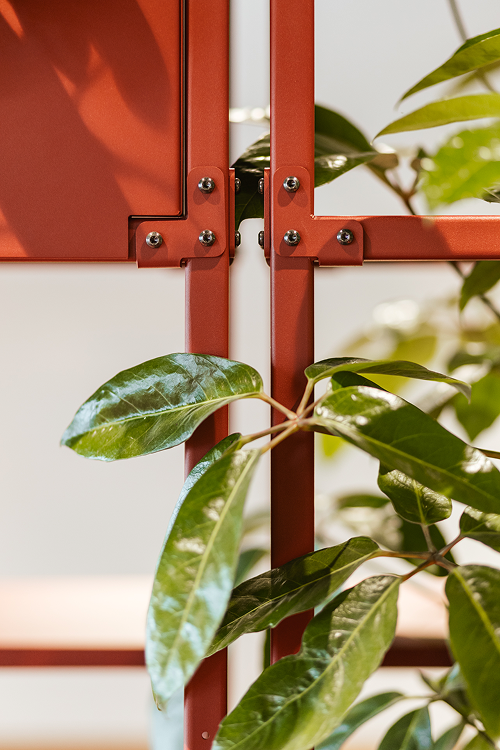

Circular design focuses on creating a product or service that can be reused at a high level for as long as possible without the need for additional raw materials. This product no longer has a lifecycle with a beginning, middle, and end, but rather a closed loop. Circular (re)design is not just designing a product. No, it is designing an entire system, or even a service or business model.
Circular design focuses on creating a product or service that can be reused at a high level for as long as possible without the need for additional raw materials. This product no longer has a lifecycle with a beginning, middle, and end, but rather a closed loop. Circular (re)design is not just designing a product. No, it is designing an entire system, or even a service or business model.



Circular design focuses on creating a product or service that can be reused at a high level for as long as possible without the need for additional raw materials. This product no longer has a lifecycle with a beginning, middle, and end, but rather a closed loop. Circular (re)design is not just designing a product. No, it is designing an entire system, or even a service or business model.
Circular design focuses on creating a product or service that can be reused at a high level for as long as possible without the need for additional raw materials. This product no longer has a lifecycle with a beginning, middle, and end, but rather a closed loop. Circular (re)design is not just designing a product. No, it is designing an entire system, or even a service or business model.


Circular design focuses on creating a product or service that can be reused at a high level for as long as possible without the need for additional raw materials. This product no longer has a lifecycle with a beginning, middle, and end, but rather a closed loop. Circular (re)design is not just designing a product. No, it is designing an entire system, or even a service or business model.







Circular design is fundamentally a concept of systemthinking that takes into account cycles of any size and speed. Whereas in the design process, there used to be no consideration for what happens to products when they break down or are no longer desired, we now need to think about what will happen after use in order to close the loop, contributing as little as possible to the waste pile. The value of products, components, and used materials and resources is preserved for as long as possible, while also maintaining the highest possible value.
Circular design is fundamentally a concept of systemthinking that takes into account cycles of any size and speed. Whereas in the design process, there used to be no consideration for what happens to products when they break down or are no longer desired, we now need to think about what will happen after use in order to close the loop, contributing as little as possible to the waste pile. The value of products, components, and used materials and resources is preserved for as long as possible, while also maintaining the highest possible value.
Circular design is fundamentally a concept of systemthinking that takes into account cycles of any size and speed. Whereas in the design process, there used to be no consideration for what happens to products when they break down or are no longer desired, we now need to think about what will happen after use in order to close the loop, contributing as little as possible to the waste pile. The value of products, components, and used materials and resources is preserved for as long as possible, while also maintaining the highest possible value.
Circular design is fundamentally a concept of systemthinking that takes into account cycles of any size and speed. Whereas in the design process, there used to be no consideration for what happens to products when they break down or are no longer desired, we now need to think about what will happen after use in order to close the loop, contributing as little as possible to the waste pile. The value of products, components, and used materials and resources is preserved for as long as possible, while also maintaining the highest possible value.
Circular design is fundamentally a concept of systemthinking that takes into account cycles of any size and speed. Whereas in the design process, there used to be no consideration for what happens to products when they break down or are no longer desired, we now need to think about what will happen after use in order to close the loop, contributing as little as possible to the waste pile. The value of products, components, and used materials and resources is preserved for as long as possible, while also maintaining the highest possible value.
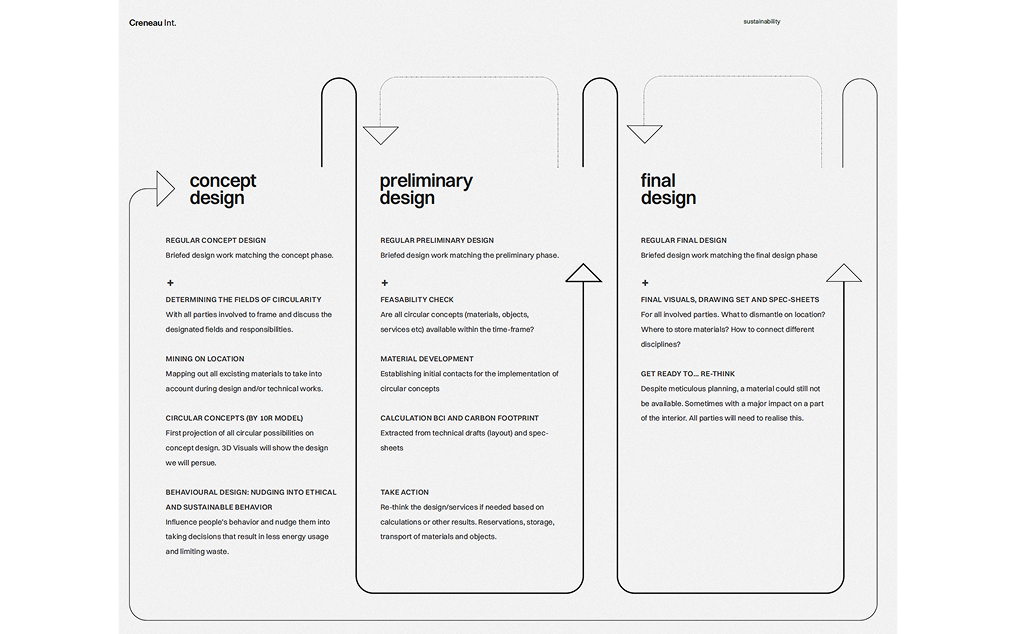













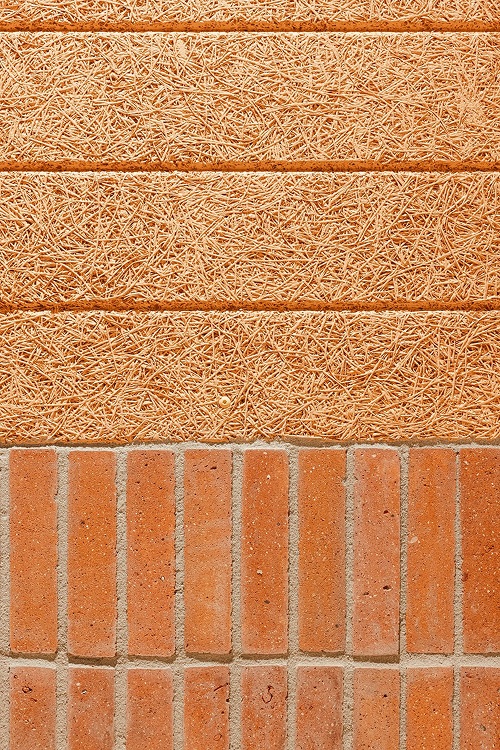

A design made from recycled materials or materials that can be recycled or biodegradable is not necessarily circular design. Circular design is about the entire chain, a system. This completely changes the design process.
A design made from recycled materials or materials that can be recycled or biodegradable is not necessarily circular design. Circular design is about the entire chain, a system. This completely changes the design process.



A design made from recycled materials or materials that can be recycled or biodegradable is not necessarily circular design. Circular design is about the entire chain, a system. This completely changes the design process.
A design made from recycled materials or materials that can be recycled or biodegradable is not necessarily circular design. Circular design is about the entire chain, a system. This completely changes the design process.


A design made from recycled materials or materials that can be recycled or biodegradable is not necessarily circular design. Circular design is about the entire chain, a system. This completely changes the design process.







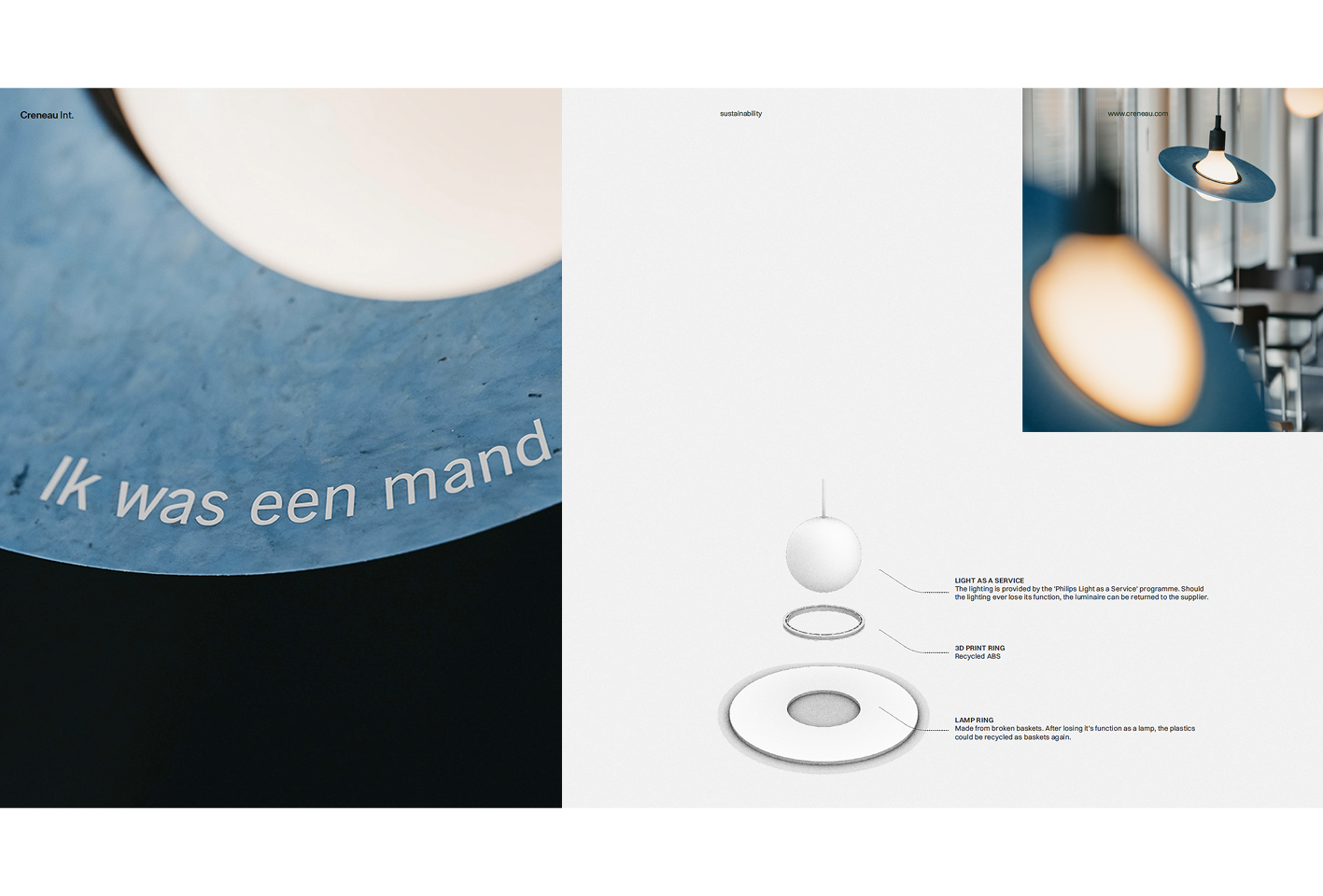













As you can see, circular design can be quite a challenge. But oh well, we love ourselves a challenge. So… are you ready to take the next sustainable step? Challenge us. Book a free call via our Calendly.
As you can see, circular design can be quite a challenge. But oh well, we love ourselves a challenge. So… are you ready to take the next sustainable step? Challenge us. Book a free call via our Calendly.
As you can see, circular design can be quite a challenge. But oh well, we love ourselves a challenge. So… are you ready to take the next sustainable step? Challenge us. Book a free call via our Calendly.
As you can see, circular design can be quite a challenge. But oh well, we love ourselves a challenge. So… are you ready to take the next sustainable step? Challenge us. Book a free call via our Calendly.
As you can see, circular design can be quite a challenge. But oh well, we love ourselves a challenge. So… are you ready to take the next sustainable step? Challenge us. Book a free call via our Calendly.



